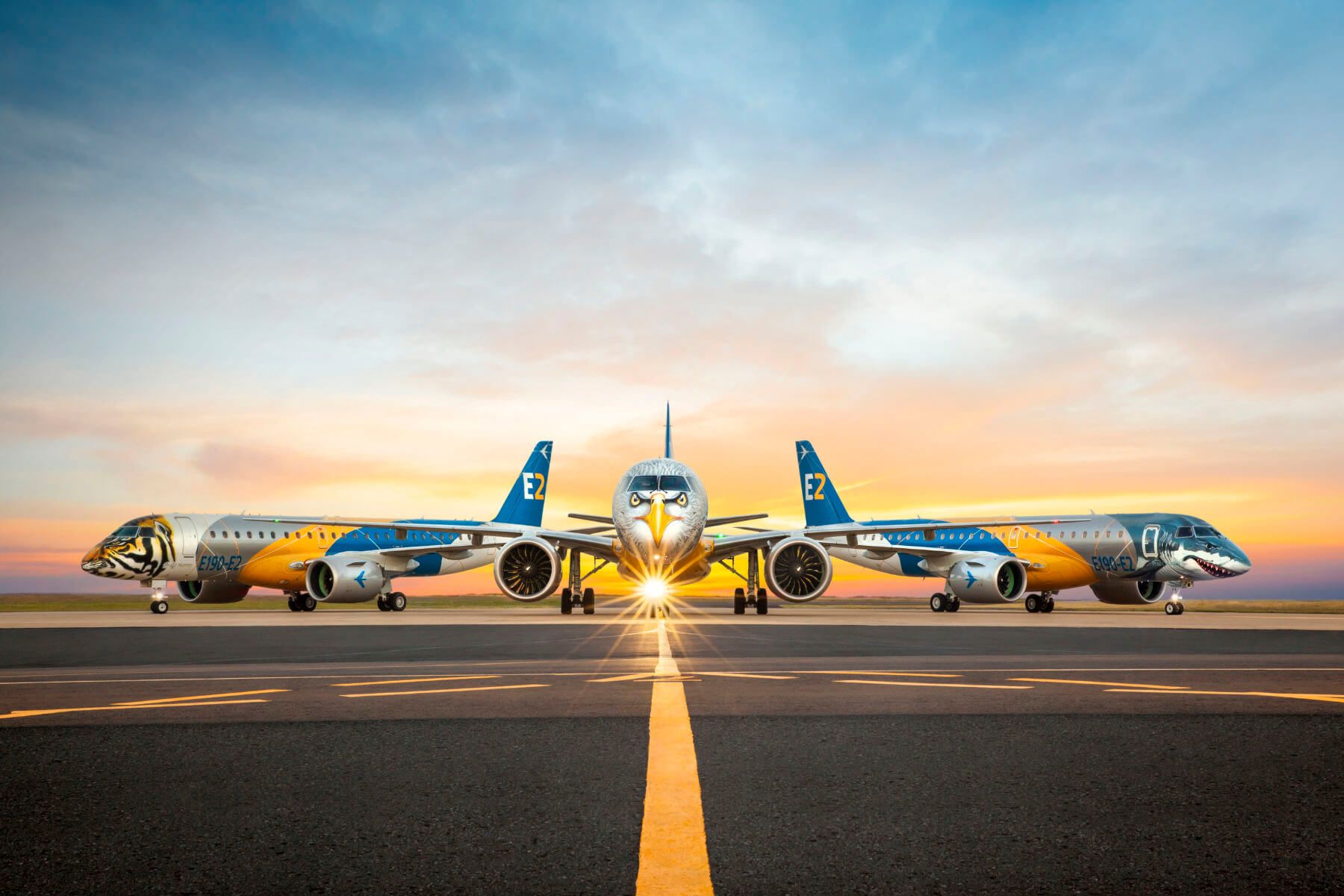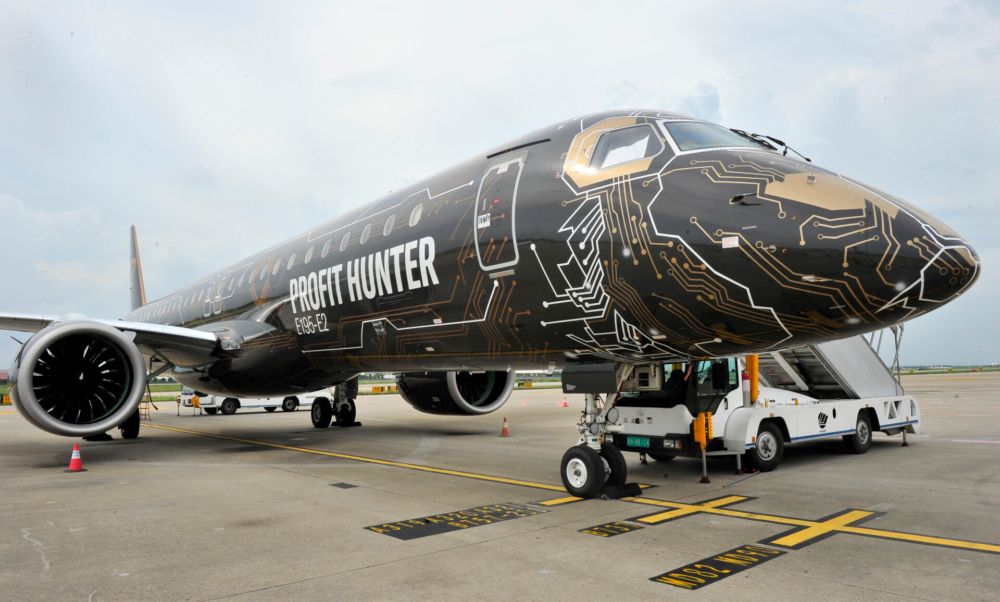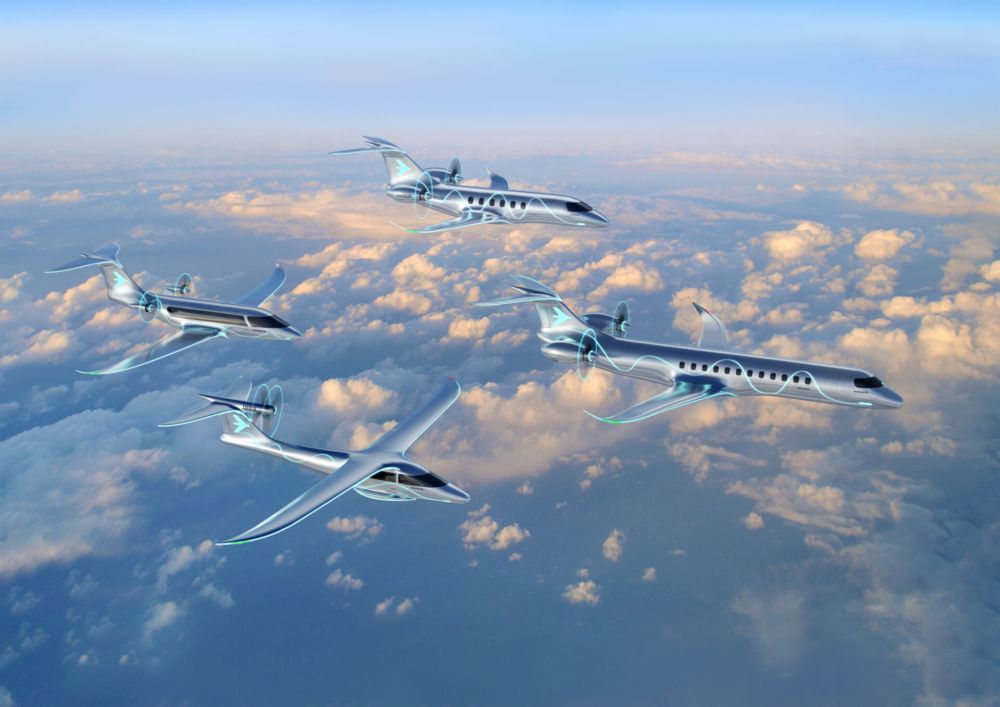Almost two years after Boeing officially terminated the agreement to purchase Embraer’s commercial aviation arm, the Brazilian company has successfully reintegrated the branch back into its main operations. The reintegration has involved the realignment of its key IT systems and processes, and has been completed today.
Unwinding the spin out
It took many months for Embraer to spin out its commercial aviation arm into such a shape that it was ready to be assimilated into US aviation giant Boeing. Now, more than 18 months after Boeing officially terminated the deal, Embraer has finally finished reintegrating the business back into its main body of operations.
Antonio Carlos Garcia, Executive Vice President of Finance and Customer Relations. Investors, commented on reaching the milestone, saying,
“We believe that 2022 will be a year of growth and we are well prepared to take advantage of the company's full potential. In this way, the successful reintegration of the commercial aviation business is another important step in the process of executing our strategic planning and should result in significant operational improvements and better profitability. The entire Embraer team is to be congratulated for the excellent work carried out and completed in less time than planned.”
The reorganization to bring the commercial arm back into the main body of Embraer began in May 2020. Since then, it has taken significant attention to unwind the spin out, recovering synergies between the various specialisms of the firm. In particular, the move has involved reintegration of various IT systems and processes, which will enable the manufacturer to be more agile and efficient in the future.
Stay informed: Sign up for our daily and weekly aviation news digests.
What went wrong?
This time three years ago, Embraer was busy spinning its commercial aviation arm out from the rest of its businesses, ahead of completing the purchase. In early January 2019, the parties had the joint venture deal approved by Brazil, and by March the name of the new company – Boeing Brasil – was unveiled.
While delays in such a significant deal are to be expected, both companies assured that things were progressing. But, as COVID began to wreak havoc on the aviation world, Boeing’s feet grew colder, and in April 2020, news broke that the US planemaker had terminated its involvement with the Brazilian company.
The news came as a blow to Embraer, who suffered greatly in the months that followed. Aircraft deliveries dropped and its workforce was cut by 900, a 4.5% trim of employees. Of course, not all the blame was laid at the feet of Boeing, with COVID-19 playing a huge part in the difficult environment of 2020.
Nevertheless, Embraer has keenly looked to the future, despite the Boeing deal falling flat. The commercial aviation arm has unveiled plans for a brand new turboprop, designed to be future proofed with easy adaptation for hydrogen. Last year it also revealed plans for a whole new family of aircraft – Energia – setting a pathway to a lower carbon future.
Now, with the commercial aviation business successfully reintegrated into the body of the Brazilian company, Embraer can set its focus wholly on the future.



